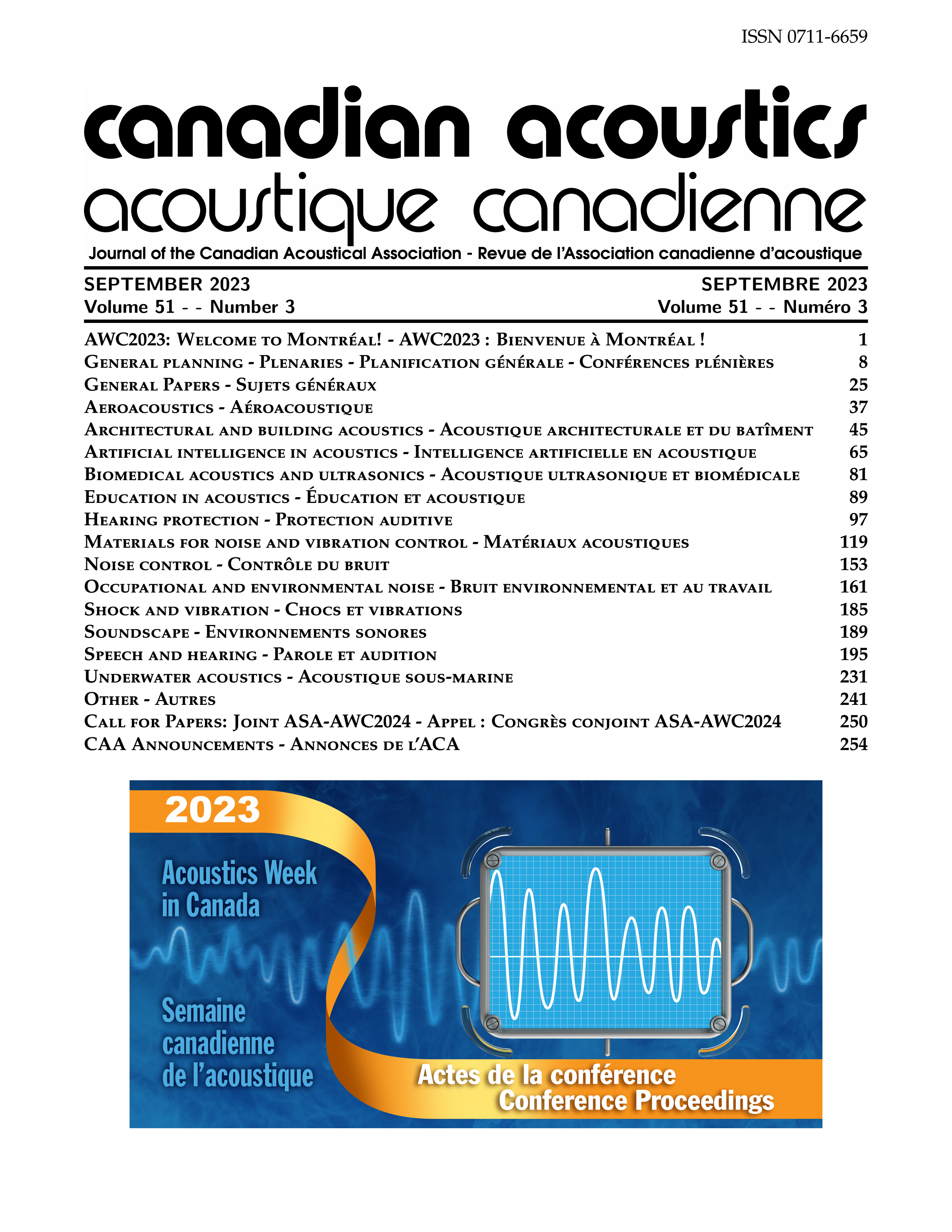Impact of Speed and Throttle Adjustments on FTA Noise Model in Transit Rail Analysis Including Case Study
Abstract
The US Federal Transit Authority (FTA) Detailed Noise Modelling method for diesel-electric locomotive passenger trains has become a common method used to determine the noise impact from transit rail sources. The FTA model uses equations that determine noise emissions as a function of speed and train consist. This study considers the relationship between sound emission and speed based on specific train consists and throttle settings to show that, in many situations, using the FTA method to model trains at a higher speed does not result in a higher noise emission compared to trains travelling at slower speed. This is particularly significant around stations where trains decelerate and accelerate at varying throttle settings. The investigation concludes with a case study which evaluates the potential sound levels resulting from transit rail activity at the façade of a proposed noise sensitive building with a view to establishing a reasonable worst-case set of parameters for the modelling.Additional Files
Published
How to Cite
Issue
Section
License
Author Licensing Addendum
This Licensing Addendum ("Addendum") is entered into between the undersigned Author(s) and Canadian Acoustics journal published by the Canadian Acoustical Association (hereinafter referred to as the "Publisher"). The Author(s) and the Publisher agree as follows:
-
Retained Rights: The Author(s) retain(s) the following rights:
- The right to reproduce, distribute, and publicly display the Work on the Author's personal website or the website of the Author's institution.
- The right to use the Work in the Author's teaching activities and presentations.
- The right to include the Work in a compilation for the Author's personal use, not for sale.
-
Grant of License: The Author(s) grant(s) to the Publisher a worldwide exclusive license to publish, reproduce, distribute, and display the Work in Canadian Acoustics and any other formats and media deemed appropriate by the Publisher.
-
Attribution: The Publisher agrees to include proper attribution to the Author(s) in all publications and reproductions of the Work.
-
No Conflict: This Addendum is intended to be in harmony with, and not in conflict with, the terms and conditions of the original agreement entered into between the Author(s) and the Publisher.
-
Copyright Clause: Copyright on articles is held by the Author(s). The corresponding Author has the right to grant on behalf of all Authors and does grant on behalf of all Authors, a worldwide exclusive license to the Publisher and its licensees in perpetuity, in all forms, formats, and media (whether known now or created in the future), including but not limited to the rights to publish, reproduce, distribute, display, store, translate, create adaptations, reprints, include within collections, and create summaries, extracts, and/or abstracts of the Contribution.


